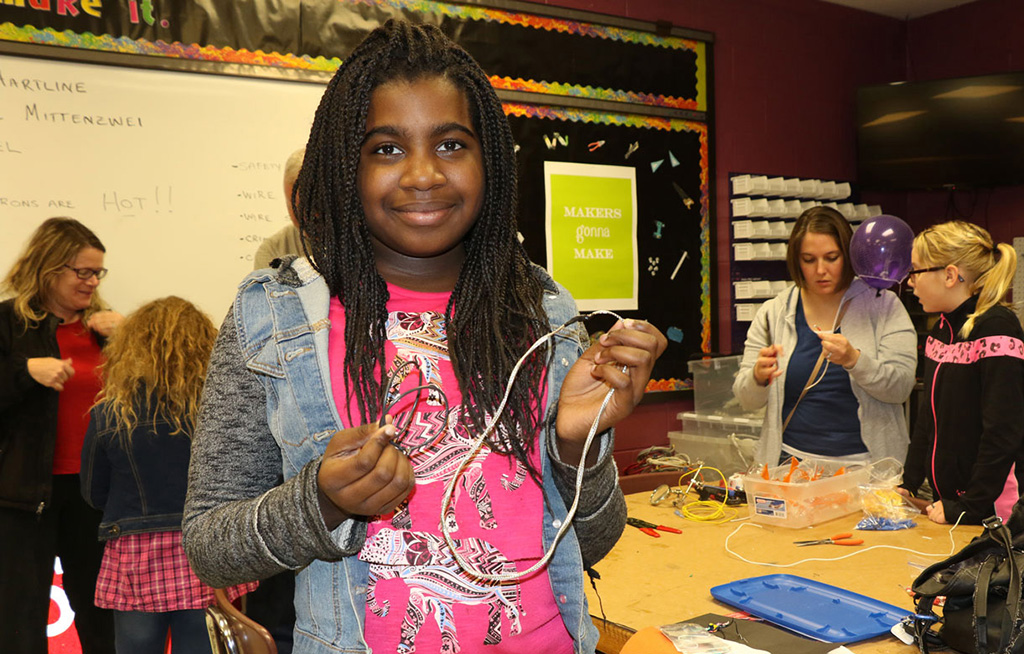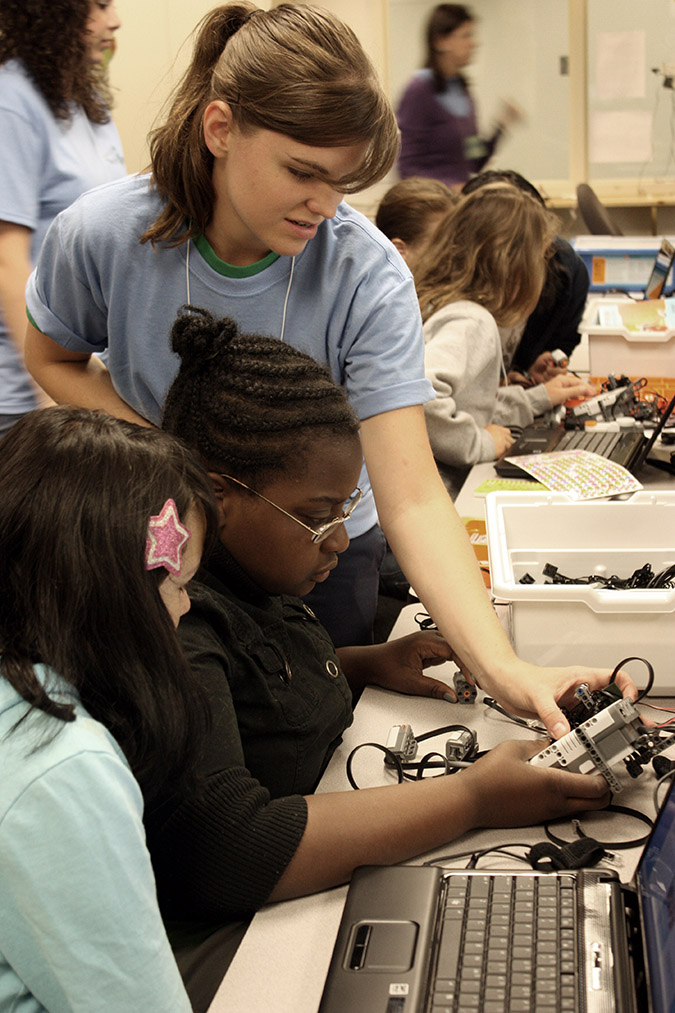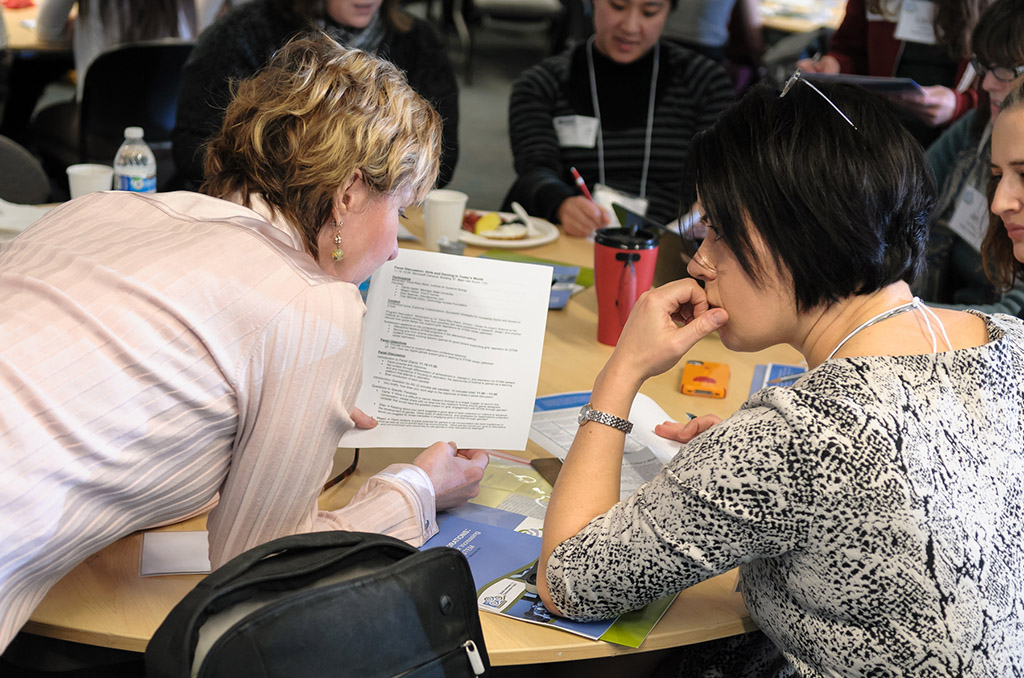Brief
The National Girls Collaborative Project
Creating Effective Partnerships to Engage Girls in STEM
Connected Science Learning January-March 2019 (Volume 1, Issue 9)
By Karen Peterson
Girls start off strong in math and science, participating and achieving at similar rates as boys, but lose interest and confidence in their skills as they grow older. Although equally capable, girls’ interest and confidence in science, technology, engineering, and mathematics (STEM) begins to decrease in middle school when they are developing their identities and starting to figure out who they are (Hill, Corbett, and St. Rose 2010; Carlone, Johnson, and Scott 2015). Even when there is interest and confidence, these are not always strong enough to motivate girls to pursue STEM courses and ultimately careers (Modi, Judy, and Salmond 2012). It is imperative to provide better support and opportunities to reverse this trend and prepare our girls for the jobs of the future.


Since 2002 the National Girls Collaborative Project (NGCP) has offered an inclusive space for those dedicated to moving the needle on gender equity in STEM. Through maximizing access to shared resources across projects, and by strengthening the capacity of existing and evolving projects by sharing exemplary practices, the NGCP has helped contribute to the current and growing landscape for girls in STEM. NGCP brings together organizations throughout the United States that are committed to informing and encouraging girls to pursue careers in science, technology, engineering, computer science, and mathematics. NGCP serves more than 35,000 programs in 41 states and uses a collective impact model that builds the capacity of educational programs.
NGCP has developed and tested a comprehensive program of change that uses collaboration to expand and strengthen STEM-related opportunities for girls and women. The NGCP model accomplishes this by creating a network of professionals, researchers, and practitioners; facilitating collaboration within this network; and delivering high-quality, research-based professional development. For example, many afterschool programs know how to facilitate great STEM programming, but they are often searching for role models to inspire the girls they are serving to think about STEM careers. We also know there are STEM professional networks, such as the Society of Women Engineers, with caring and motivated role models. By helping make connections between these groups through our network and program activities, groups benefit and girls are better served. We use our online role model directory, FabFems, to make these connections.
The Connectory is a database of youth-serving programs that allows users to share resources and learn from others who are working toward the goal of inspiring more women and girls to pursue STEM careers. Anyone can join and search the directory for free, and each program entry includes valuable details such as contact information, program descriptions, populations served, and service delivery format.

At the heart of the NGCP are the persistent and passionate STEM educators, role models, mentors, counselors, administrators, professionals, researchers, institutional partners, corporate partners, parents, and caregivers, all of whom work together for the betterment of the girls in their lives. The greatest accomplishment of this network has been reaching girls from groups traditionally underrepresented in STEM, including girls of color, girls with disabilities, and those who may be located in rural areas without access to STEM programs, truly empowering a generation of young women and lending to the fabric of future STEM professions.
By creating partnerships with others that serve girls and women in STEM, organizations can generate and carry out creative solutions and strategies that maximize the benefit beyond what one project or organization could accomplish alone, reducing duplication of effort and organizational isolation, while increasing efficiencies and promoting sustainability of recruitment and retention efforts.
Karen Peterson (kpeterson@ngcproject.org) is the founder and chief executive officer at National Girls Collaborative Project in Seattle, Washington.
Careers STEM Informal Education


